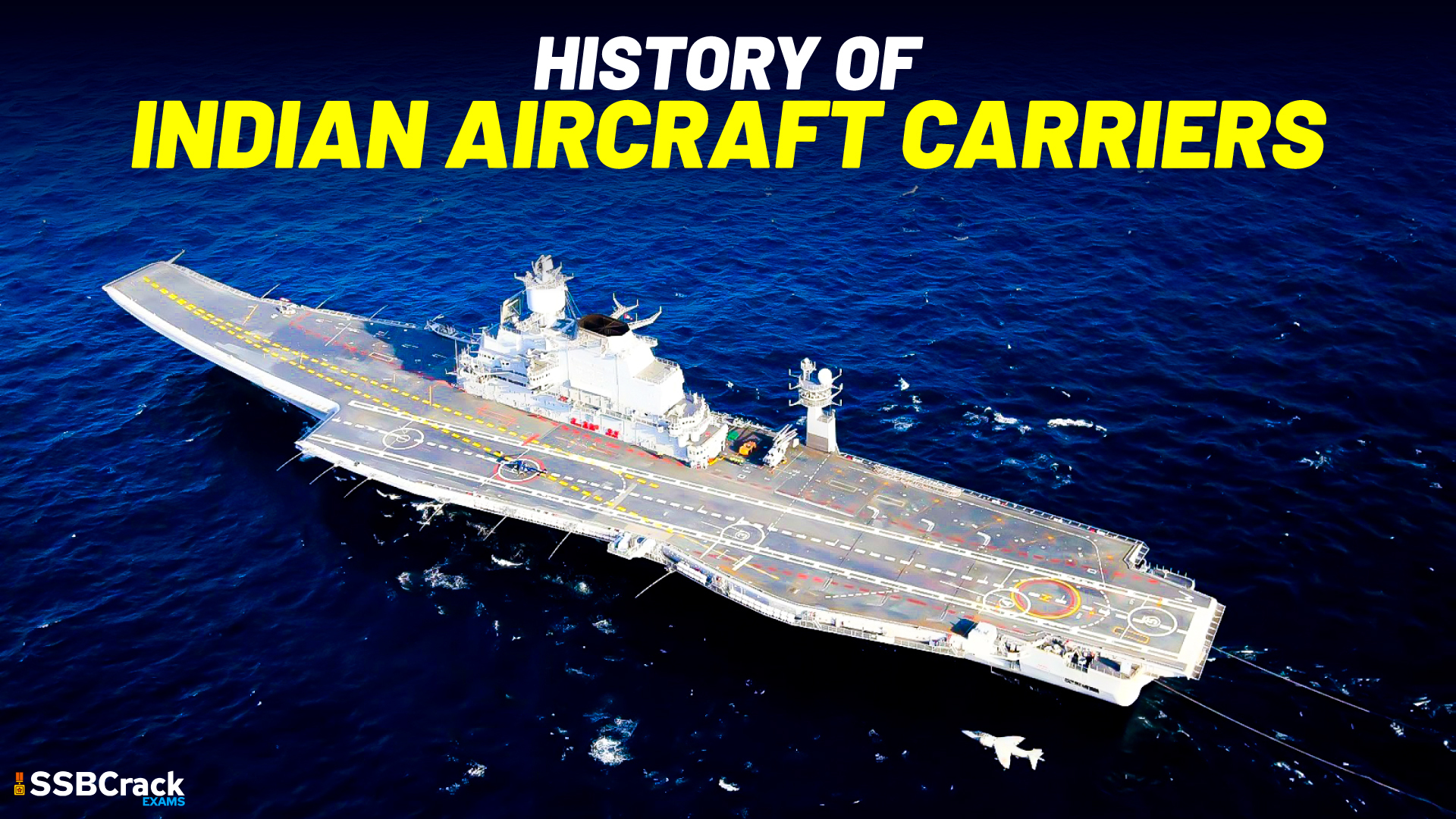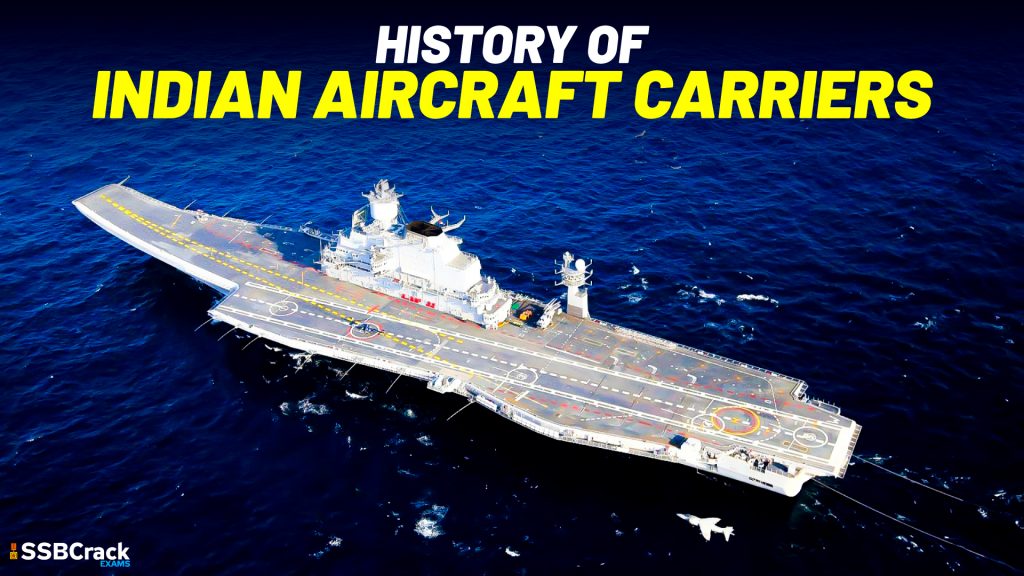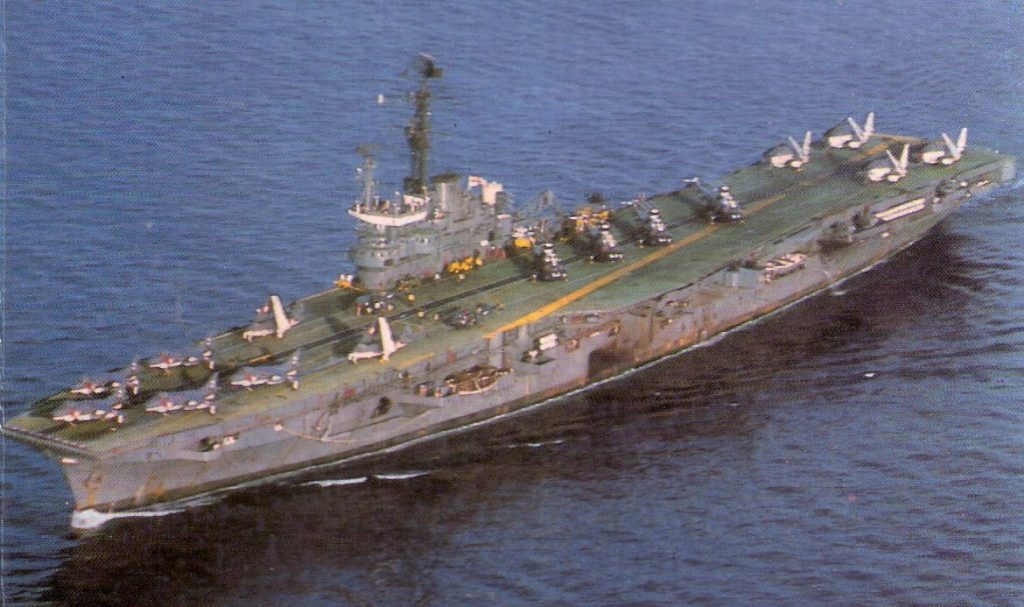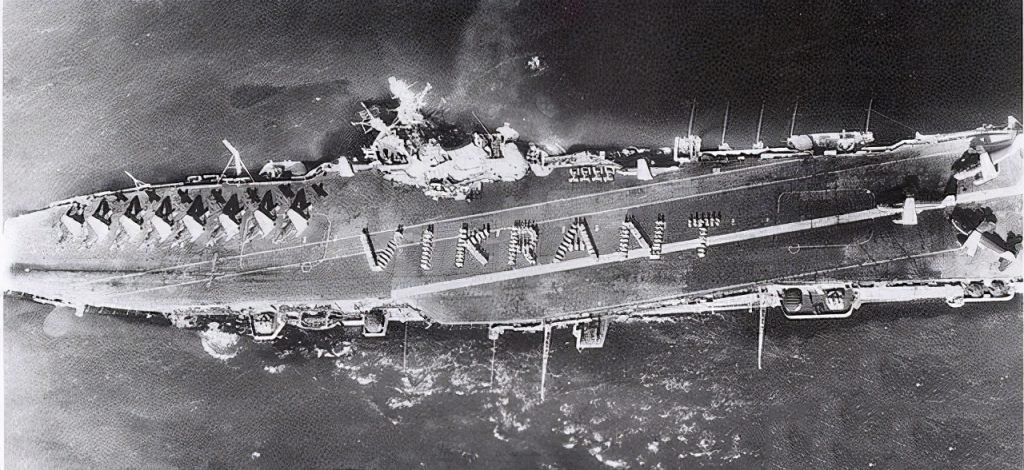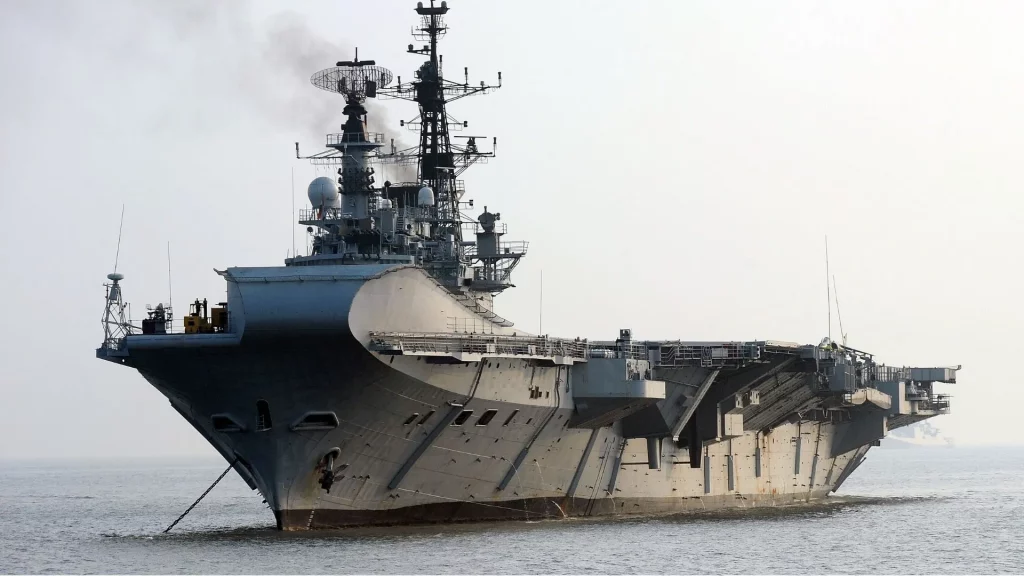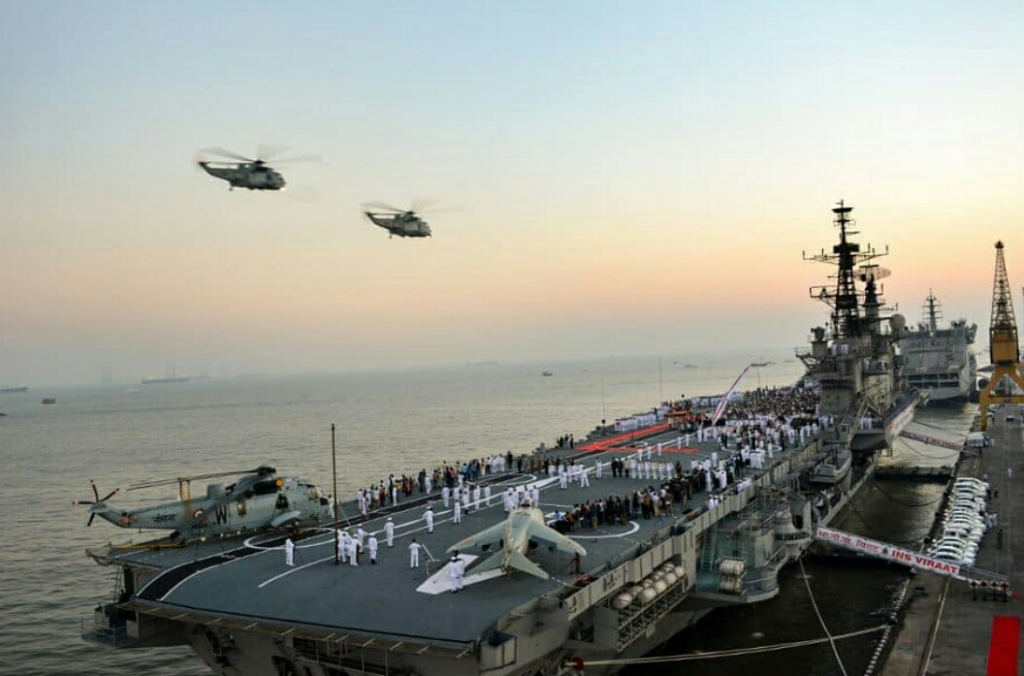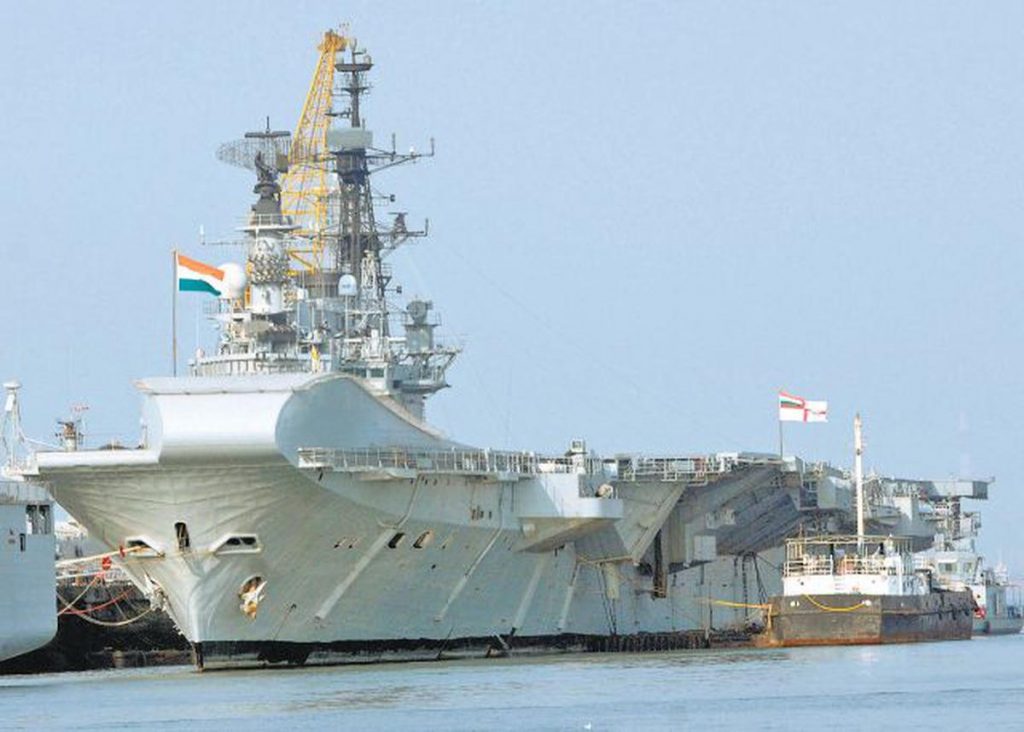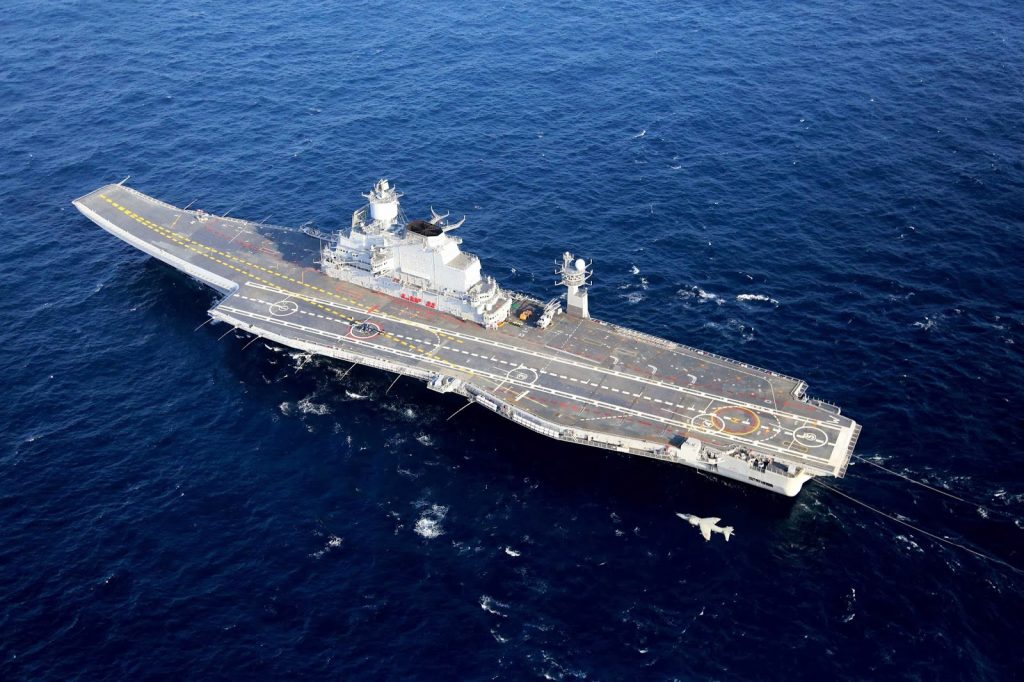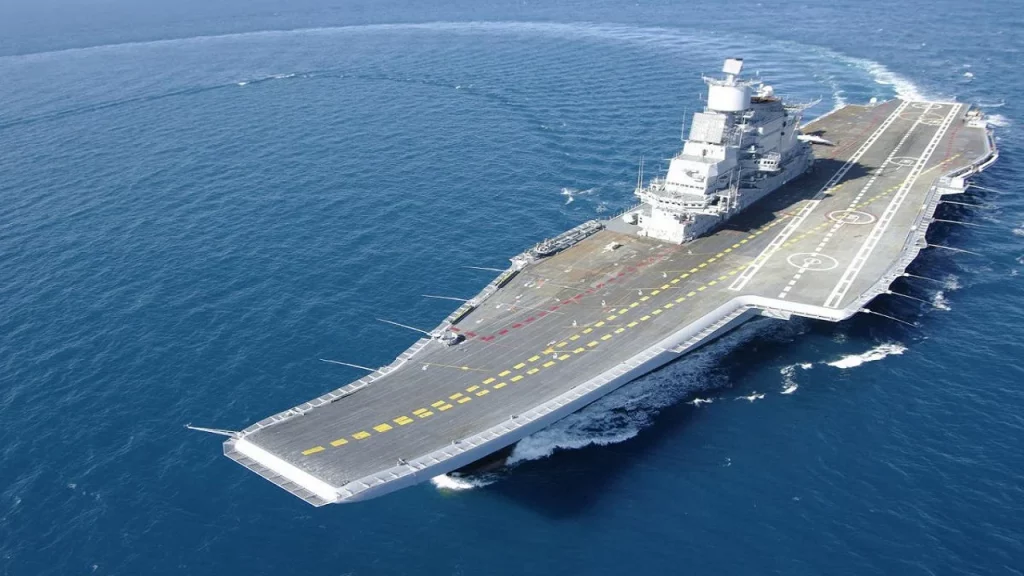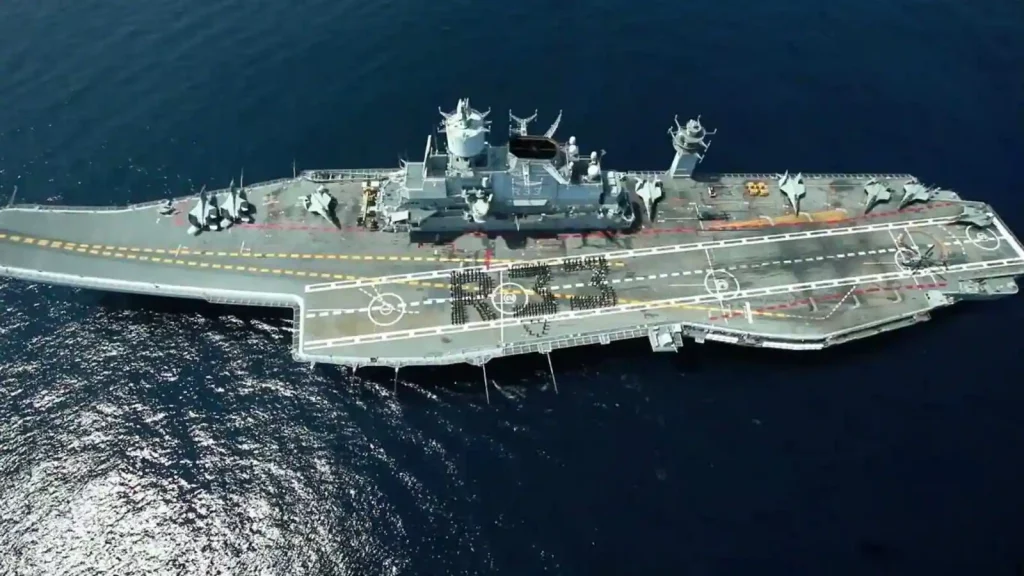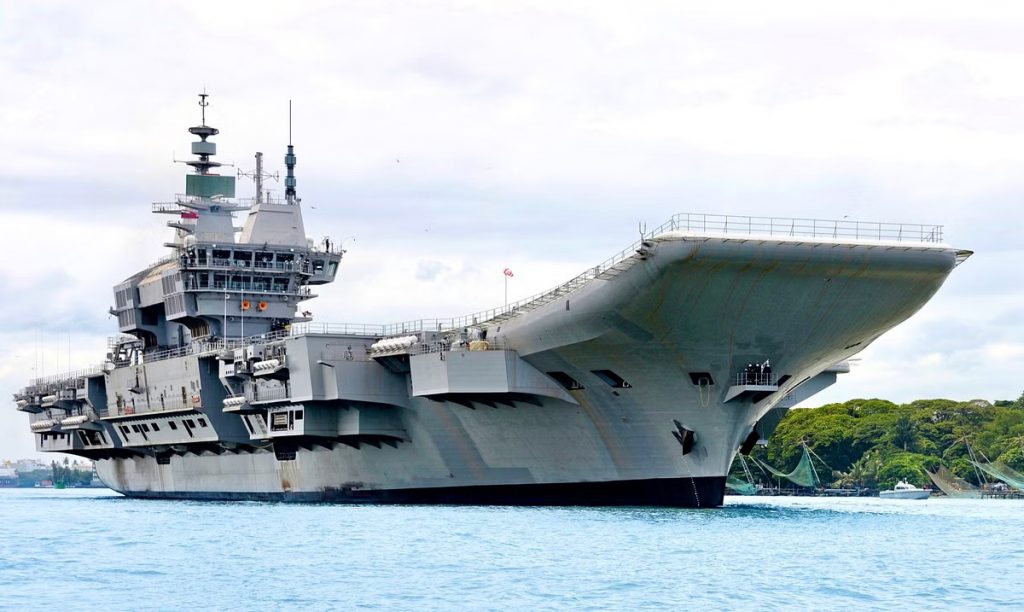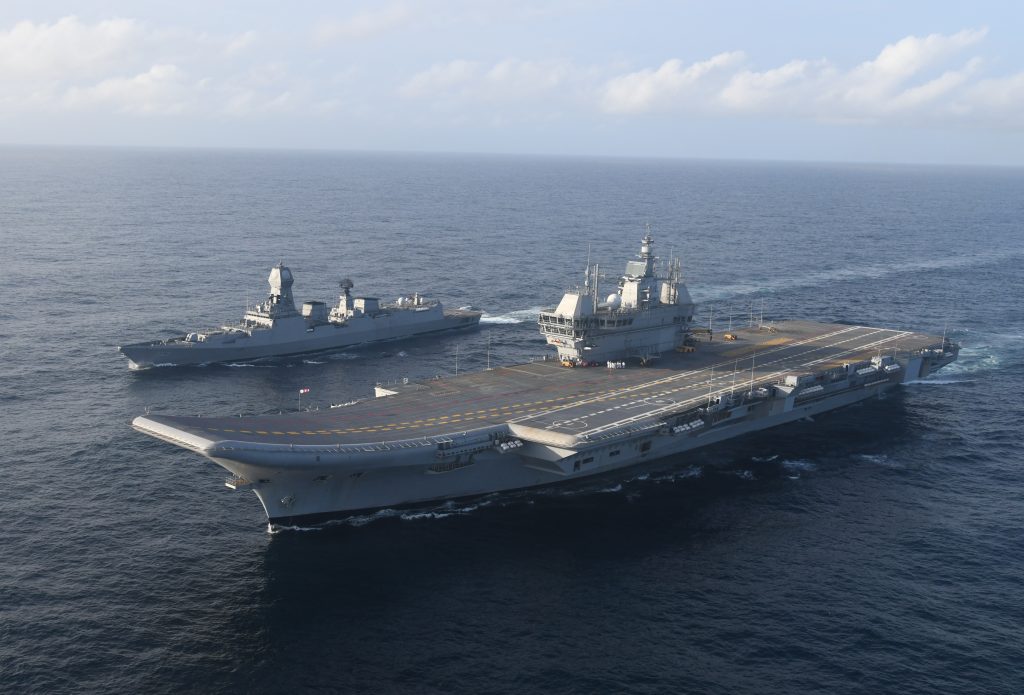Aircraft Carriers: Vikrant, India’s first indigenous aircraft carrier (IAC), was commissioned, marking a historic moment in the country’s history. Vikrant was designed by the Indian Navy’s in-house Warship Design Bureau (WDB) and built by Cochin Shipyard Limited, a Public Sector Shipyard under the Ministry of Ports, Shipping & Waterways, and is the largest ship ever built in India’s maritime history.
On September 2, 2022, Prime Minister Narendra Modi commissioned INS Vikrant off the coast of Kerala, noting that it is a symbol of indigenous potential, indigenous resources, and indigenous skills. IAC Vikrant is a magnificent addition to the Indian Navy’s list of glorious aircraft carriers that have proven to be extremely resourceful to the country.
The Importance of Aircraft Carriers
Aircraft carriers are extremely powerful and equipped with powerful weapons. Their military capabilities, including carrier-borne aircraft, have completely transformed the marine domain. An aircraft carrier provides numerous strategic advantages. It provides a wide range of operational options. Some of its primary functions include surveillance, air defence, airborne early warning, protection of sea lines of communication (SLOC), and anti-submarine warfare. With its inherent combat elements and firepower, the carrier battlegroup becomes a critical capability for India in establishing effective air dominance and efficient sea control.
India’s Aircraft Carriers: A History
Since its independence, India has recognized the importance of aircraft carriers in establishing itself as a blue-water navy. The Indian Navy has had the unique distinction of operating all variants of aircraft launch and recovery systems since the 1960s. Here is a full list of India’s prestigious aircraft carriers up to this point.
India’s First Aircraft Carrier – INS Vikrant (R11)
The INS Vikrant was launched as Hercules on September 22, 1945. However, construction was halted and completed when India purchased it from the United Kingdom in 1957. It was commissioned as Vikrant in its first avatar on March 4, 1961. Captain Pritam Singh Mahindroo took command of the ship. Vikrant sailed from Belfast to Portsmouth and Portland for sea trials on March 5, 1961, and finally sailed for India on October 6, 1961. It arrived in Bombay on November 3, 1961. INS Vikrant, a 19,500-tonne carrier, was the first carrier for an Asian country and remained so for a long time. The INS Vikrant saw action soon after its commissioning during the Goa Liberation Operation in 1961.
Also read: The Most Powerful Aircraft Carriers Across The Globe
It was critical in the 1971 war, with its aircraft decimating the enemy. Over Chittagong, Cox’s Bazar, Khulna, and Mongla, the Sea Hawks and Alizés pounded enemy targets. The ships and harbour installations were severely damaged. The runways at the first two locations were rendered inoperable, and Vikrant, along with other units of the fleet, ensured a total blockade off the coast of East Pakistan. The INS Vikrant assisted in preventing Pakistani forces from being reinforced from the sea, resulting in the birth of Bangladesh. It was decommissioned from active service on January 31, 1997, after 36 years of service.
INS Viraat: Served the Country for More Than 30 Years
On November 18, 1959, the British Royal Navy commissioned INS Viraat as HMS Hermes. It served the Royal Navy in three different capacities: as the Strike Carrier from 1959 to 1970, as a Commando Anti-Submarine Warfare Carrier from 1970 to 1980, and from 1980 on as a V/STOL Carrier, during which it received significant structural changes. This included a 12-degree ramp made to launch Sea Harrier operations in the best possible way.
Hermes served as the Royal Navy’s Flagship in the campaign to retake the Falkland Islands and South Georgia from Argentina in 1982, when she was in action in the Falklands under Captain Middleton’s direction. The Sea Harriers flew 2376 sorties throughout the 74-day war in bad weather, downing 20 enemy planes while losing two to enemy ground fire.
Also read: All You Need To Know About INS Viraat – The Grand Old Lady.
The HMS Hermes was purchased by the Indian Navy on April 24, 1986, filling a demand for a second aircraft carrier. The Indian Navy ultimately commissioned INS Viraat on May 12, 1987. It sailed from Plymouth to India on July 23, 1987, and after passing a series of examinations and testing, it arrived in Indian waters on August 21, 1987. It measured 227 meters long, and 49 meters broad, and could carry 28,700 tonnes when fully loaded.
Following the collapse of the Indo-Sri Lankan Accord of 1986, the INS Viraat’s first significant mission was “Operation Jupiter” in July 1989 as part of Peace Keeping Operations in Sri Lanka. In order to embark more than 350 men and more than 35 tonnes of supplies for the 7 Garhwal Rifles on July 27, 1989, the ship made 76 helicopter sorties off the coast of Kochi. For the following two weeks, the INS Viraat and its task group remained deployed and used the time to train men, demonstrating the Viraat’s capacity for operational flexibility.
Also read: Ranks And Insignia Of Indian Navy [Updated]
As a result of the 2013 terrorist attack on the Indian Parliament, it was also crucial to Operation Parakram. The INS Viraat was also a key player in Operation Vijay during the 1999 Kargil War by maintaining a blockade against Pakistan. Along with being an integral element of every year’s Theatre Level Operational Exercise, the ship has also participated in a number of international joint exercises, including Malabar (with the US Navy), Varuna (with the French Navy), and Naseem-Al-Bahr (with the Oman Navy) (TROPEX). In February 2016, the ship participated in the International Fleet Review (IFR-2016) in Vishakhapatnam, which was its most recent operational deployment.
The INS Viraat has been instrumental in reviving India’s maritime industry. Since 1987, the ship’s deck has launched 22,034 hours of flight and sailed over 5.8 lakh nautical miles in 2,250 days. On March 6, 2017, it was decommissioned from service.
The Indian Navy’s largest ship: INS Vikramaditya
On November 16, 2013, the refurbished Admiral Gorshkov was commissioned into the Indian Navy as INS Vikramaditya in Severodvinsk, Russia. It is a cutting-edge vessel capable of flying a diverse range of high-performance aircraft, including MiG 29K fighters, KM 31 AEW helicopters, multi-role Seakings, and utility Chetaks. The ship measures more than 285 meters in length and 60 meters in width, making it the largest ship in the Indian Navy. Her 23 levels reach a height of 60 meters.
Also read: What Is Project 75-A (Indian Navy Submarine)?
INS Vikramaditya is a ‘Floating City’ with over 1,600 personnel on board. With a capacity of over 8,000 tonnes of Low Sulphur High-Speed Diesel (LSHSD), she has a range of over 7,000 nautical miles or 13000 kilometers. The ship can transport over 30 aircraft, including MiG 29K/Sea Harrier, Kamov 31, Kamov 28, Sea King, ALH-Dhruv, and Chetak helicopters. The main offensive platform is the MiG 29K swing-role fighter, which provides a quantum leap in the Indian Navy’s maritime strike capability. With a range of over 700 nautical miles and a slew of weapons including anti-ship missiles and Beyond Visual Range air-to-air missiles, these fourth-generation air superiority fighters provide a significant boost to the Indian Navy.
The ship is outfitted with cutting-edge launch and recovery systems, as well as aids to ensure the smooth and efficient operation of ship-borne aircraft. The LUNA landing system for MiGs, the DAPS landing system for Sea Harriers, and flight deck lighting systems are among the major systems.
INS Vikrant (IAC-1): The Self-Reliant Rebirth
The 262-meter-long carrier, which is much larger and more advanced than her predecessor, has a full displacement of close to 45,000 tonnes. The ship has a top speed of 28 knots and is powered by four gas turbines totaling 88 MW. The project, which has a total cost of close to Rs. 20,000 crores, has progressed in three contract phases between the MoD and CSL. It has 76% indigenous content overall.
Also read: Everything You Need To Know About Indigenous Aircraft Carrier (IAC) Vikrant
Vikrant was designed to accommodate a variety of fixed-wing and rotary aircraft and was built with a high degree of automation for machinery operation, ship navigation, and survivability. The ship would be able to operate an air wing of 30 aircraft, including MIG-29K fighter jets, Kamov-31 multi-role helicopters, and indigenously manufactured Advanced Light Helicopters (ALH) and Light Combat Aircraft (LCA) (Navy). The IAC is outfitted with a ski- jump for launching aircraft and a set of ‘arrester wires’ for onboard recovery using a novel aircraft operation mode known as STOBAR (Short Take-Off but Arrested Landing).
To crack the SSB Interview, You can join our SSB interview live classes batch and we recommend you to Enroll SSB INTERVIEW ONLINE COURSE. Trusted by thousands of defence aspirants.
